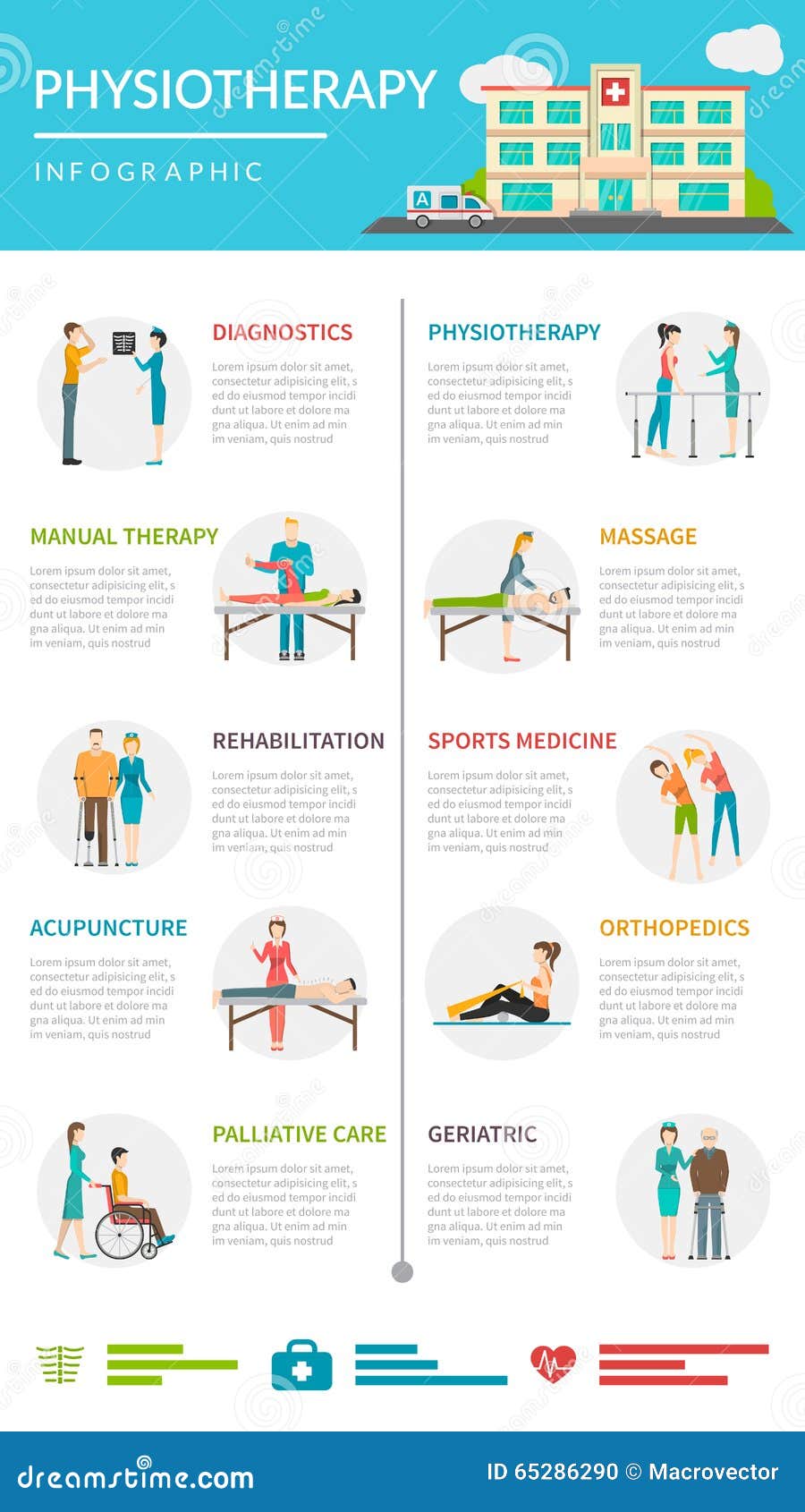Brace On Your Own For An Exploration Right Into The Captivating Mobile Communications Of Cold Laser Treatment And Its Application Of Light As A Recovery System. Take A Much Deeper Dive Into The Scientific Elements!
Brace On Your Own For An Exploration Right Into The Captivating Mobile Communications Of Cold Laser Treatment And Its Application Of Light As A Recovery System. Take A Much Deeper Dive Into The Scientific Elements!
Blog Article
Author-Castro McIntosh
You may have become aware of cold laser therapy as an encouraging treatment alternative for various conditions, however have you ever before asked yourself how it really works on a cellular degree? Understanding the mechanisms behind this therapy can clarify its efficiency in promoting recovery and reducing inflammation. By discovering the science behind cold laser treatment, you'll obtain insights right into the fascinating ways in which light can affect mobile procedures and help with cells repair.
Just How Cold Laser Treatment Works
To recognize how cold laser therapy works, you need to grasp the basic principles of how light energy engages with organic tissues. Cold laser therapy, additionally known as low-level laser treatment (LLLT), utilizes particular wavelengths of light to penetrate the skin and target hidden tissues. Unlike the intense lasers utilized in surgeries, cold lasers give off reduced degrees of light that don't create heat or trigger damages to the cells.
When these gentle light waves get to the cells, they're soaked up by elements called chromophores, such as cytochrome c oxidase in mitochondria. This absorption causes a collection of biological feedbacks, including increased cellular power manufacturing and the launch of nitric oxide, which enhances blood circulation and lowers inflammation.
Furthermore, the light energy can also promote the production of adenosine triphosphate (ATP), the energy money of cells, assisting in cellular repair service and regrowth processes.
Basically, cold laser treatment takes advantage of the power of light power to advertise healing and reduce pain in a non-invasive and gentle fashion.
Mechanisms of Activity
Just how does cold laser treatment actually function to generate its restorative effects on biological tissues?
Cold laser treatment, also referred to as low-level laser treatment (LLLT), operates through a process known as photobiomodulation. When the cold laser is put on the skin, the light power passes through the tissues and is soaked up by chromophores within the cells.
These chromophores, such as cytochrome c oxidase in the mitochondria, are after that boosted by the light power, resulting in a cascade of organic reactions. https://chiropractors-doctors-nea82726.vblogetin.com/33370336/eager-to-find-the-effectiveness-and-safety-of-cool-laser-therapy-tools-transitioning-to-home-usage of activity is the enhancement of cellular metabolic process.
The soaked up light energy boosts ATP production in the mitochondria, which is critical for mobile function and repair. Furthermore, cold laser therapy aids to decrease swelling by inhibiting inflammatory conciliators and advertising the launch of anti-inflammatory cytokines.
laser therapy to quit smoking anti-inflammatory effect contributes to discomfort relief and cells healing.
Restorative Effects
Understanding the restorative results of cold laser treatment includes acknowledging exactly how the improved cellular metabolic rate and anti-inflammatory residential properties add to its positive outcomes on organic tissues.
When the cold laser is applied to the damaged area, it boosts the mitochondria within the cells, leading to raised production of adenosine triphosphate (ATP), which is vital for cellular feature and repair. This increase in mobile power increases the recovery procedure by advertising tissue regeneration and decreasing swelling.
Moreover, the anti-inflammatory properties of cold laser treatment help to lower discomfort and swelling in the targeted area. By preventing inflammatory mediators and promoting the launch of anti-inflammatory cytokines, cold laser treatment help in alleviating discomfort and improving the general recovery reaction.
This reduction in inflammation not only gives prompt alleviation however also sustains long-lasting cells repair service.
Final thought
In conclusion, cold laser treatment functions by promoting cellular repair service and cells regeneration via photobiomodulation. Its anti-inflammatory properties supply discomfort alleviation and lower swelling by hindering inflammatory arbitrators.
This therapy offers an extensive approach to healing, providing both prompt relief and long-term tissue repair work advantages.
Via its devices of activity, cold laser treatment confirms to be an efficient and appealing therapy choice for a range of conditions.
